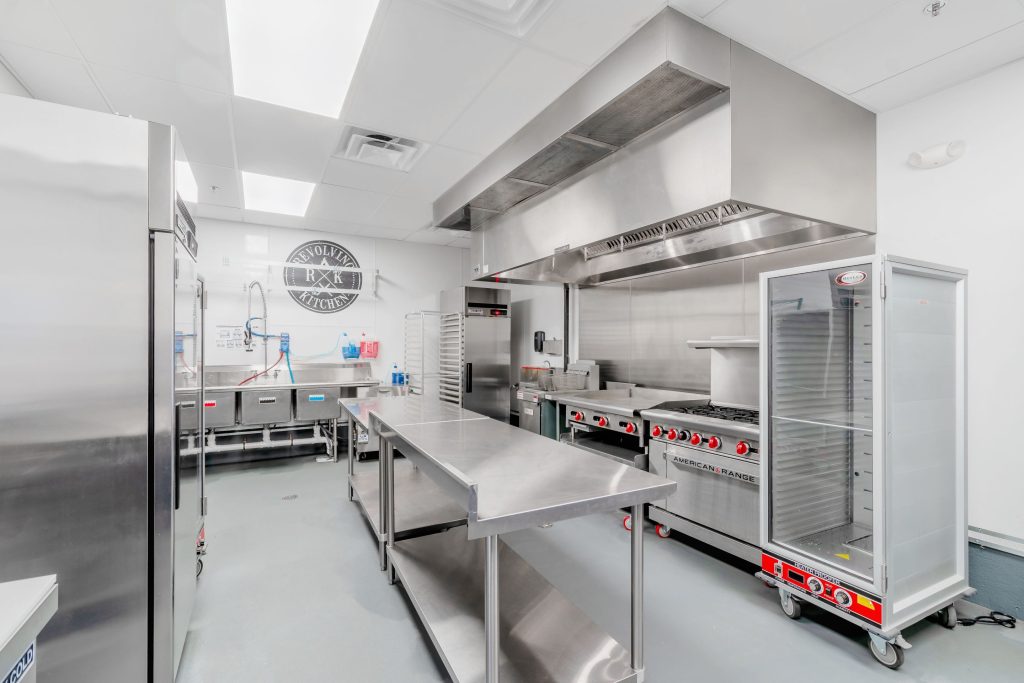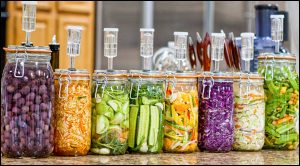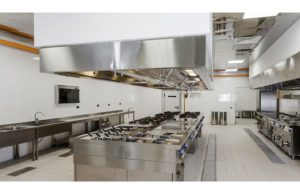
The restaurant industry trends are always evolving and changing. This is to maintain with the booming and changing consumer-base restaurants aim to meet. One of the most latest trends that shows to save money and waste in the extended is central kitchen hong kong and kitchen rental hong kong. Central kitchens not only reduce the cost of food. Also, in equipment, cut staff costs, and location costs. Yet, they can also lessen waste.
Aside from the environmental and financial benefits, central kitchens offer. They also can give a better and consistent operating restaurant brand. Also, the food preparation exists in one stable location.
Know what a Central Kitchen means
A central kitchen (CK) is known to be in various names such as commissary, central kitchen, and prep kitchen. Recently it is also well known as (KaaS) Kitchen as a Service. The concept is just the same though there are a few differences. A centrally situated kitchen that can manage the volume of the product preparation for your sites. You can get some benefits by deducting this prep work from every site. And combining it into a single location will benefit both revenue/profit and guest experience standpoint.

Best Practices in a Central Kitchen:
When performing any new ideas to a company, it’s always recommended to research what others have completed. And discover what works and didn’t. Below are some of the things that stand out as a great practice.
Know how long you must need the central kitchen
- If you can manage all prep for all sites in 4 hours, then renting a complete kitchen full-time. It may not be the most financial sense, look at choices for shared kitchens. Or identify if you can rent your space out. To various restaurants during the nonfunctioning time.
Look for the correct location for your central kitchen
- The most common rule of thumb is to identify the central kitchen one hour of the site it caters to. Remember, when making prep products at a central kitchen, those products still have to be delivered to every site.
Know what products be reasonable to prepare centrally
- Identify what type of products make sense to prep in-store. Normally, you’d like to prep utmost in the central kitchen. Yet, some items that make sense to store like the items that have short shelf-life. Those items need special handling.
Use software that can spontaneously combine individual site sales mix prediction
- The software can reduce the guesswork of what’s necessary at every site. And lessens the amount of time someone spends trying to identify how much product needs to be prepared.
These are some of the great insights and practices to remember when you’re considering a central kitchen.








